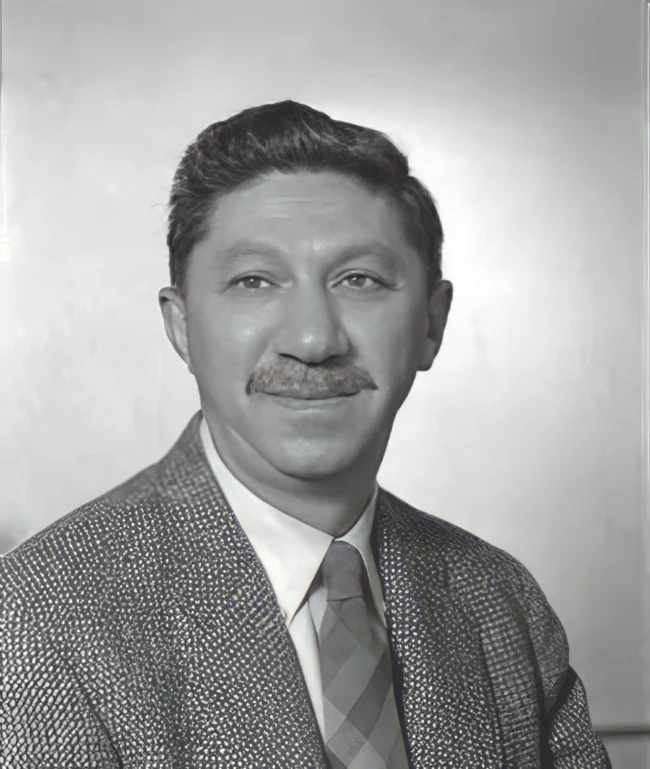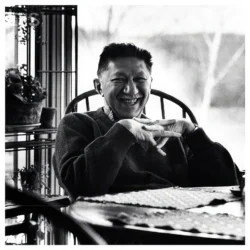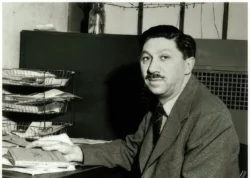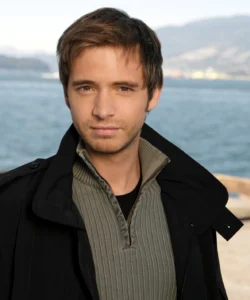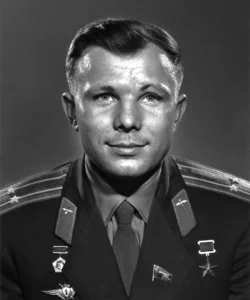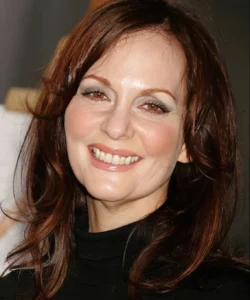Name: Abraham Harold Maslow
Introduction: Abraham Maslow was an American psychologist and philosopher who is widely recognized as one of the founders of humanistic psychology. He is best known for his groundbreaking Hierarchy of Needs, a theory of psychological health built on fulfilling innate human needs in a prioritized order, culminating in self-actualization, the realization of one’s full potential.
Date of birth: April 1, 1908
Died: June 8, 1970 (aged 62), in Menlo Park, California, U.S. He died of a heart attack.
Height: Information not widely available.
Place of birth: Brooklyn, New York, U.S.
Family:
- Parents’ names: Samuel Maslow (father, a cooper, Russian Jewish immigrant) and Rose Maslow (mother, his first cousin, Russian Jewish immigrant). He was the first of seven children.
- Siblings: He was the oldest of seven children. Specific names beyond Samuel, Rose, Solly, Ruth, Hympe, Edith, and Sylvia are not consistently available.
- Spouse: Bertha Goodman (m. 1928; died 1970). She was his first cousin.
- Children:
- Ann Maslow Kaplan (daughter)
- Ellen Maslow (daughter)
- Relatives: His parents, siblings, wife, and two daughters.
Profession: Psychologist, philosopher, professor, author.
Nationality: American (born to Russian Jewish immigrant parents).
Religion: He was born to Jewish parents and grew up in a Jewish household. However, he himself was an atheist and found it difficult to accept religious experience as valid unless placed within a scientific framework. He believed humans need connection to something bigger than themselves in a naturalistic sense, not necessarily a religious one.
College or university attended:
- Boys’ High School (Brooklyn, New York)
- The City College of New York (briefly studied law, then psychology)
- Cornell University (briefly)
- University of Wisconsin–Madison (B.A. in Psychology, 1930; M.A. in Psychology, 1931; Ph.D. in Psychology, 1934). He studied under Harry Harlow.
- New School for Social Research in New York City (studied Gestalt psychology).
Biography and What Famous For:
Abraham Maslow’s childhood in Brooklyn was challenging. He described himself as lonely, isolated, and shy, experiencing anti-Semitic prejudice. He had a difficult relationship with his mother, whom he later described as “schizophrenogenic.” These early experiences deeply influenced his later focus on human potential and psychological well-being.
He initially studied law to please his parents, but quickly found his passion in psychology. At the University of Wisconsin, he worked with Harry Harlow, known for his work on primate attachment. After completing his Ph.D., Maslow taught at Brooklyn College for 14 years, where he met influential figures like anthropologist Ruth Benedict and Gestalt psychologist Max Wertheimer, whose exemplary lives inspired his concept of self-actualization.
Maslow is overwhelmingly most famous for his “Hierarchy of Needs”, first introduced in his 1943 paper “A Theory of Human Motivation” and later elaborated in his book “Motivation and Personality” (1954). This theory is usually depicted as a pyramid, suggesting that human beings are motivated to fulfill a series of needs in a hierarchical order:
- Physiological Needs: Basic survival needs (food, water, shelter, sleep, warmth, sex).
- Safety Needs: Security, stability, freedom from fear, order, predictability.
- Love and Belonging Needs: Affection, intimacy, friendship, feeling connected to others, sense of community.
- Esteem Needs: Self-esteem, achievement, competence, independence, recognition, respect from others.
- Self-Actualization Needs: The highest level, representing the drive to realize one’s full potential, to become everything one is capable of becoming, to pursue personal growth and peak experiences.
Maslow emphasized that these needs are generally (though not rigidly) fulfilled sequentially, with lower-level needs largely satisfied before higher-level needs become motivating. He believed that true psychological health involved striving for self-actualization.
Beyond the Hierarchy of Needs, Maslow is famous for:
- Co-founding Humanistic Psychology: Alongside Carl Rogers and others, Maslow spearheaded humanistic psychology, often called the “third force” in psychology (after psychoanalysis and behaviorism). This movement emphasized the study of the whole person, focusing on concepts like free will, self-efficacy, human potential, and personal growth, in contrast to the more deterministic views of behaviorism and psychoanalysis.
- Concept of “Peak Experiences”: He studied self-actualized individuals and observed that they often reported moments of intense joy, insight, and wonder, which he termed “peak experiences.”
- Eupsychian Management: Applying his psychological theories to the workplace, he explored how organizations could foster environments that support employees’ higher-level needs and self-actualization, leading to greater productivity and well-being.
Maslow was a professor and head of the psychology department at Brandeis University from 1951 to 1969. He served as the President of the American Psychological Association from 1967-1968. His work profoundly influenced not only psychology but also education, management, and personal development movements.
Have participated:
Academic Positions:
- University of Wisconsin–Madison (Instructor, 1930-1934)
- Columbia University (Postdoctoral Research Fellow, 1934-1935)
- Brooklyn College (Faculty, 1937–1951)
- Brandeis University (Head of Psychology Department, 1951–1969)
- Laughlin Institute (Resident Fellow, 1969–1970)
Major Publications:
- “A Theory of Human Motivation” (Journal article, 1943)
- Motivation and Personality (Book, 1954)
- Toward a Psychology of Being (Book, 1962)
- Religions, Values, and Peak-Experiences (Book, 1964)
- Eupsychian Management (Book, 1965, later retitled Maslow on Management)
- The Psychology of Science: A Reconnaissance (Book, 1966)
- The Farther Reaches of Human Nature (Posthumous, 1971)
Key Concepts/Theories:
- Hierarchy of Needs
- Self-actualization
- Peak experiences
- Humanistic Psychology (as a founder)
- Eupsychian management
Professional Memberships/Leadership:
- President of the American Psychological Association (1967–1968)
- Fellow of the Center for Advanced Study in the Behavioral Sciences (1955-1956)
Awards and Recognition:
- Citation from the Wisconsin Psychological Association (1935)
- Awards for Distinguished Achievements and Distinguished Contributions to Psychology from the American Psychological Association.
Abraham Maslow Photos:
